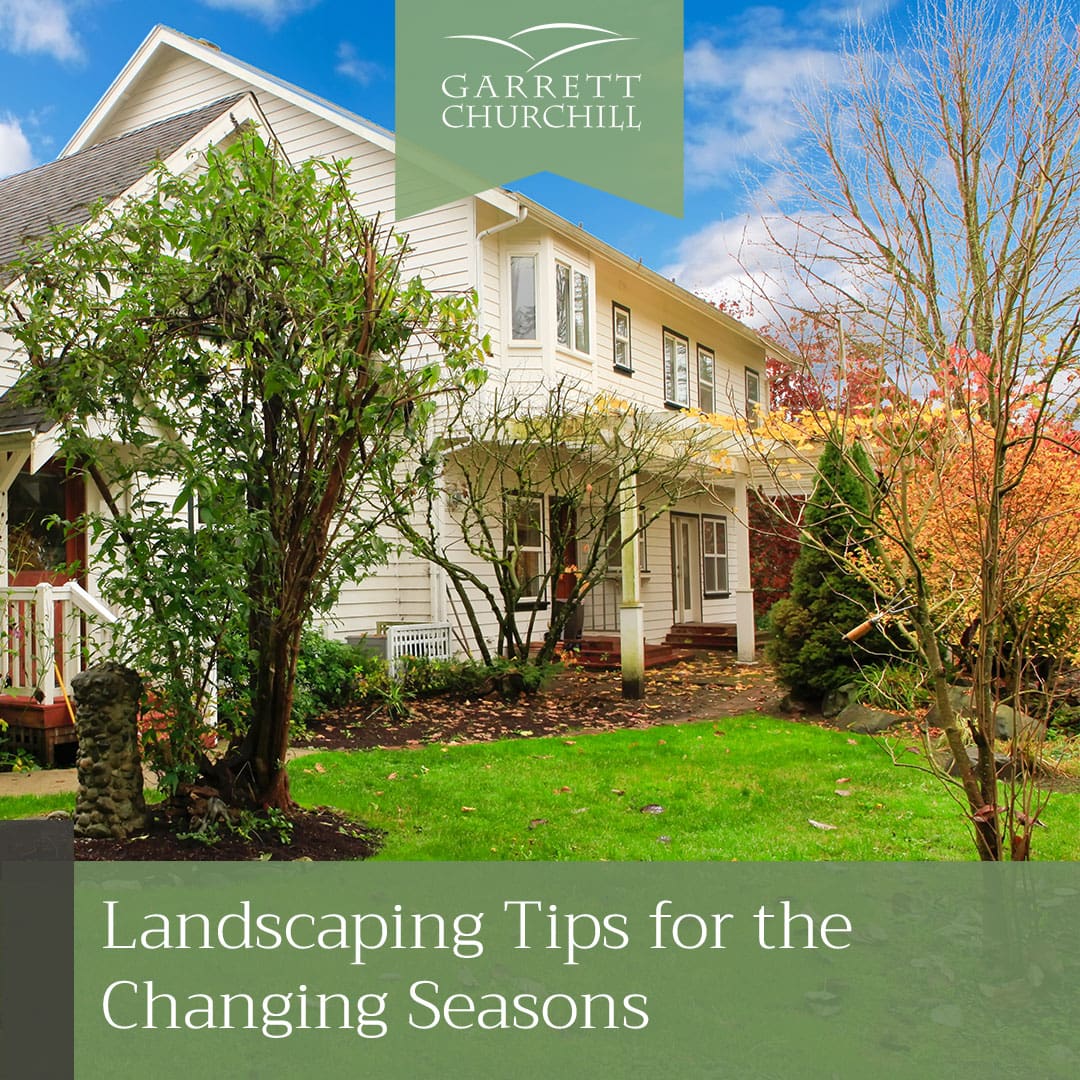Landscaping Tips for the Changing Seasons
The leaves are falling, the air is crisping, and traces of pumpkin spice are spilling into the streets. And everyone knows what that means — fall is in full swing.
As the seasons change, so do your property’s landscaping needs. But the transition period is also crucial for setting yourself up for success. Here are some expert landscaping tips to ensure a smooth transition into the next phase of the calendar year.
Focus on Yard Cleanup
The cold weather and snow will be here before you know it. Leaving dead leaves, plants, or branches scattered across your property isn’t ever a good look, but it’s imperative to do this now.
It’s one of those landscaping tips that pays off in dividends come spring. It means you’ll have much less cleanup for you later, and you can focus on planting beautiful new flowers instead.
Think About Your Tools
Your landscaping needs shift dramatically once fall and winter hit, so now’s the perfect time to audit your tools. Check for broken pieces, signs of rust, or any dullness. There’s no better time than right now to switch out your tools if needed. This transition period is also a great time to think about what tools or services would make your life easier, so consider investing in those if feasible.
Keep a Strong Watering Schedule
There’s a common misconception that you should dramatically change your watering schedule as the weather changes. For instance, it can feel like it’s only important to water during the warmest months because the heat must dehydrate them.
However, maintaining a watering schedule throughout the year is vital to your plant’s survival. Like always, you don’t need to water them if there’s been enough precipitation. That said, watering in fall is usually more necessary than people realize, so keep track of how much nourishment your plants are getting so they’ll continue to thrive.
In particular, it’s important to continue to water evergreens as far out into the fall/winter seasons as possible when in dry conditions. Unlike plants that drop their leaves, evergreens continue to lose water through their surfaces throughout the winter months.
Plant Some Trees
Funnily enough, fall can often be the ideal time to plant trees in your yard. So if you’re toying with the idea of adding one or a few to your landscape, start looking into it now.
The earlier in the fall, the better, too, since the cool but not cold weather gives the root system enough wiggle room to get as comfortable as possible as it grows. Summer can be stressful for newborn trees, so this extra time to become more resilient will improve a tree’s outcome.
Don’t Forget Fall Fertilizing
Perhaps one of the most unexpected landscaping tips is to start your lawn fertilizing in the fall. The reintroduction of morning dew into the grass’s diet is the perfect amount of moisture to absorb, yielding lush and beautiful green grass. It also gives your lawn one last nutrient push before the harsh winter kicks in, a boost it could desperately use before snow blankets it all.
Remember That Summer Showers Bring Fall Flowers
Fall isn’t just an excellent time to plant trees; it’s also when you should start thinking about planting your perennials. Planting them now gives them a head start, so they’ll have plenty of time to grow a robust root system that will serve them well in the months ahead. But truthfully, the soil is more pliable in fall, so it can be an excellent time to plant just about anything that could survive the winter, like shrubs.
Introduce Your Herbicide
You won’t have to worry about killing weeds in winter, right? Maybe not, but they’ll undoubtedly come back in full force if you don’t have a plan to mitigate them now. Eliminating your weeds now ensures they won’t lie dormant underground, waiting for the perfect opportunity to come up and take all the food from your precious plants.
You can use your preferred method for removing weeds. A straightforward landscaping tip, though, is to use herbicide because it helps kill the weed at the root, lessening its chances of coming back at all.
Another option is to dig them out at the roots. However, you’ll need to ensure you remove all of the root. This can be especially tricky with thistle, as the roots are long. Even a single piece of root left behind can lead to the plant growing back!
Need a Change? Call Our Landscaping Experts
Change can be a challenge, but it’s worth it with extra assistance. Our team can help make all your landscaping dreams come true. Contact us today to learn more about our services, and we’ll get your property perfectly primed for the changing seasons.
